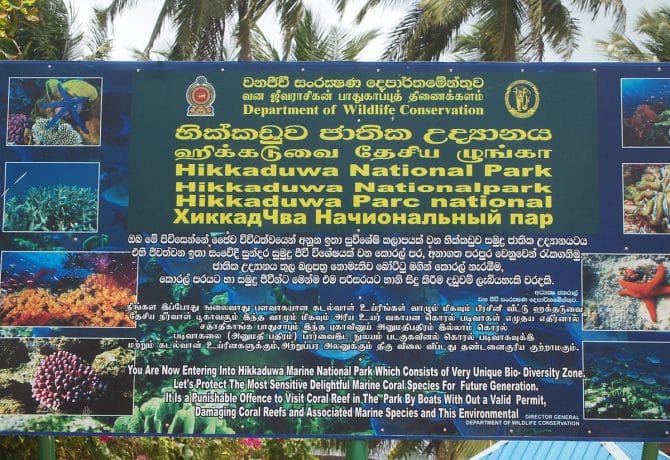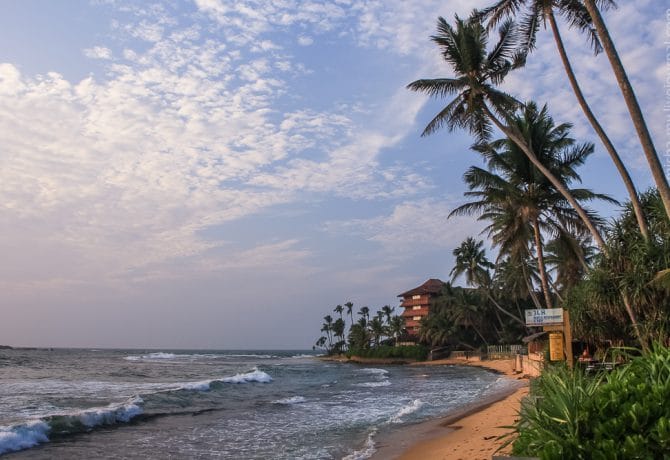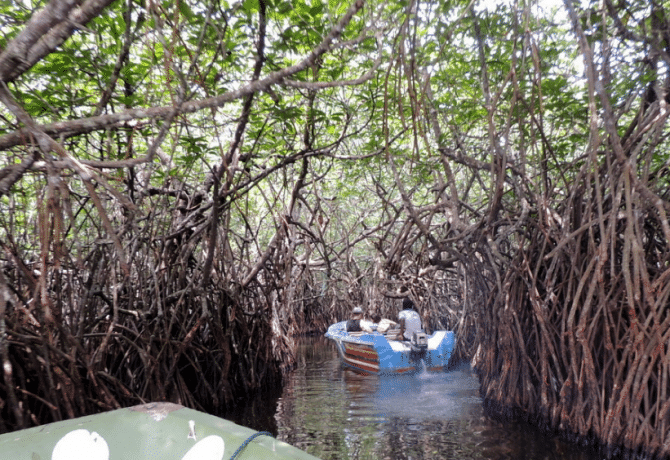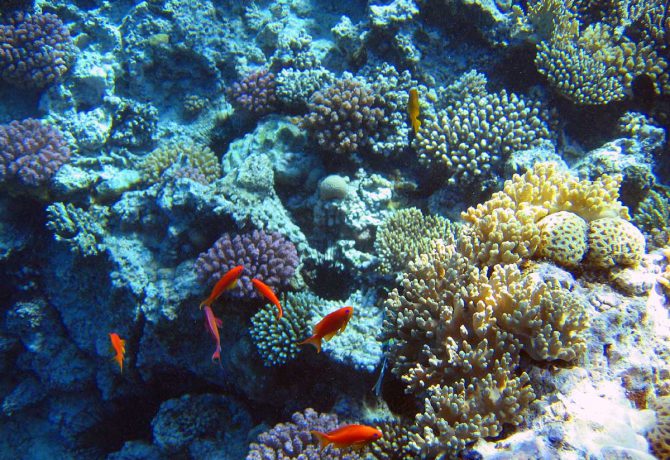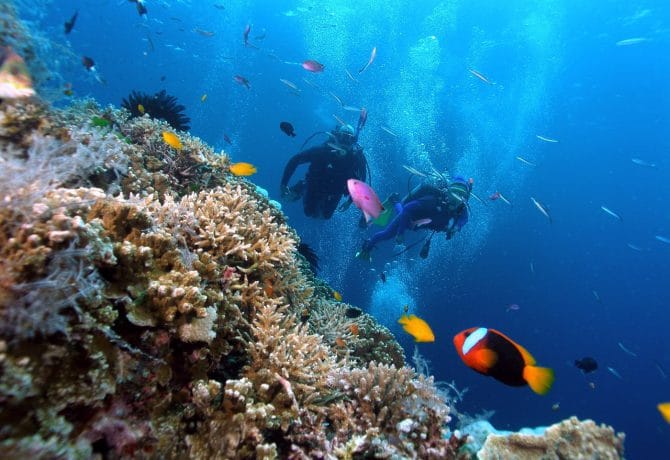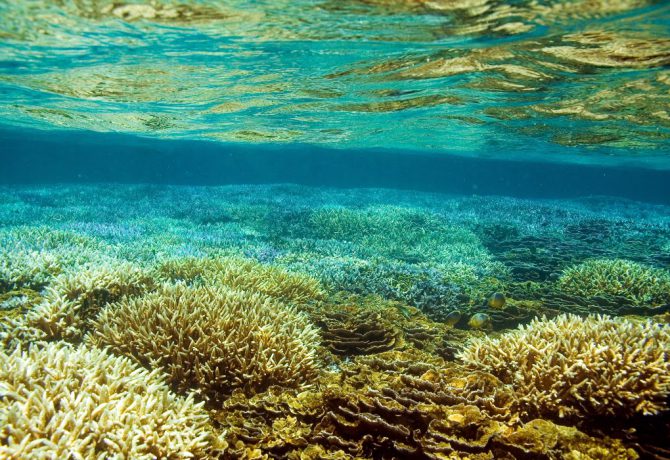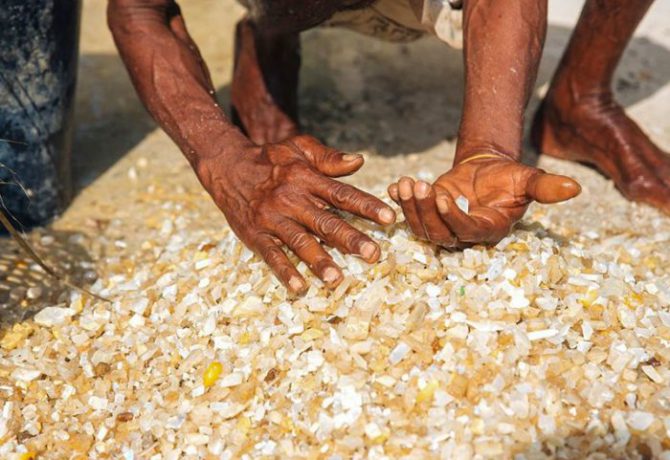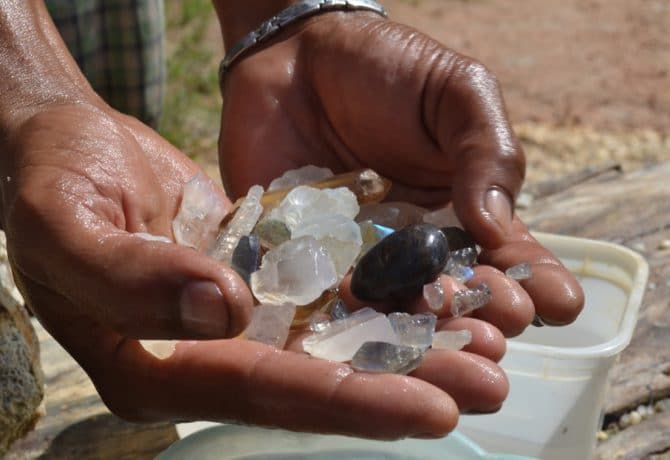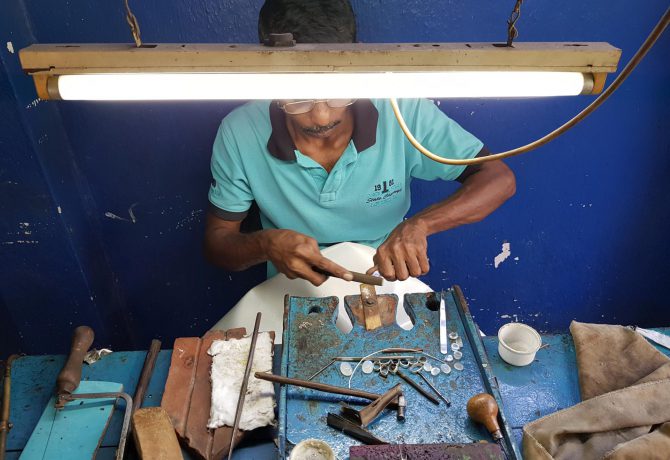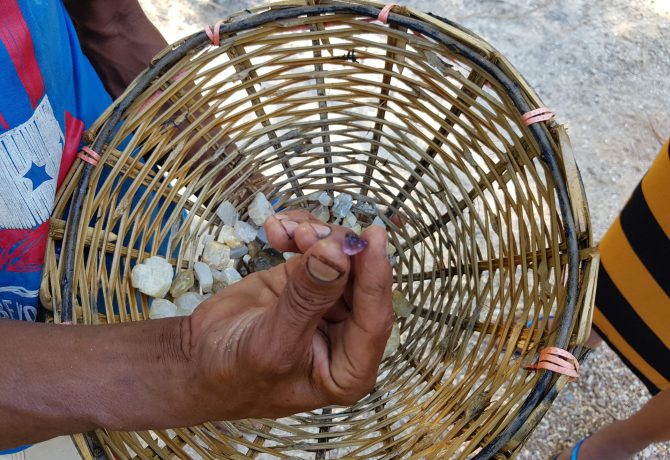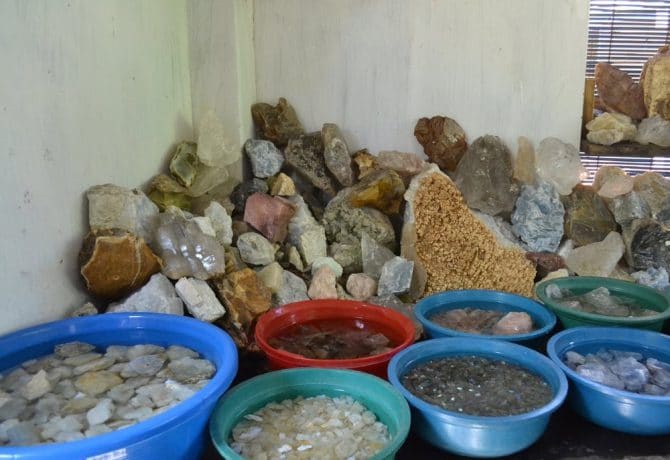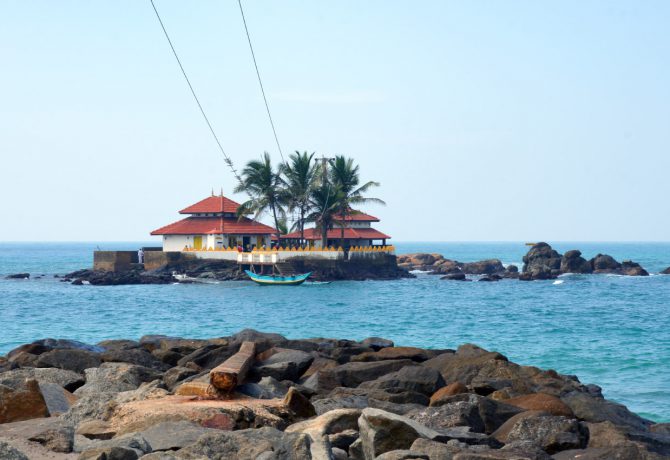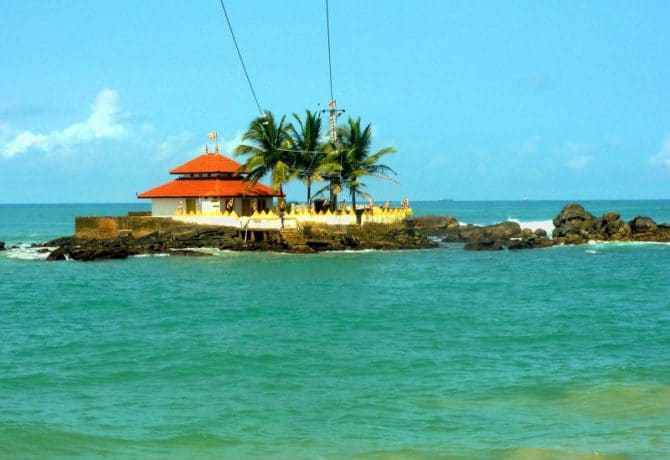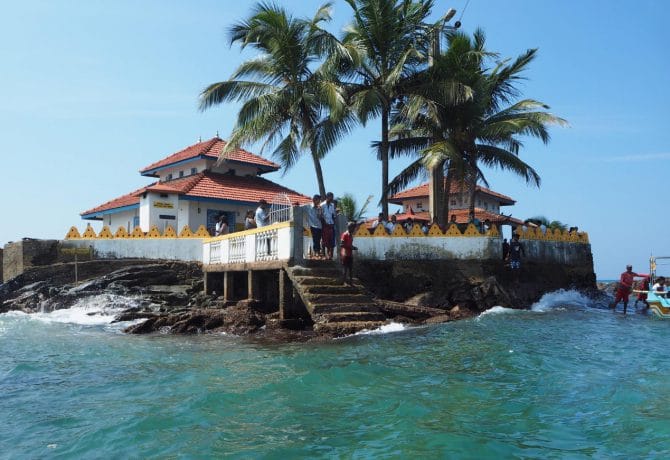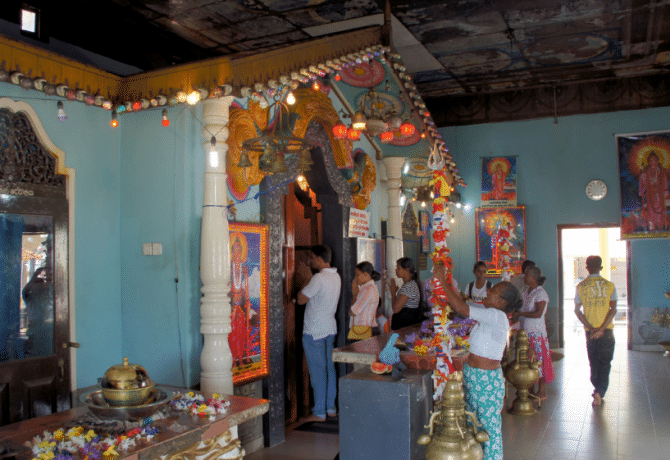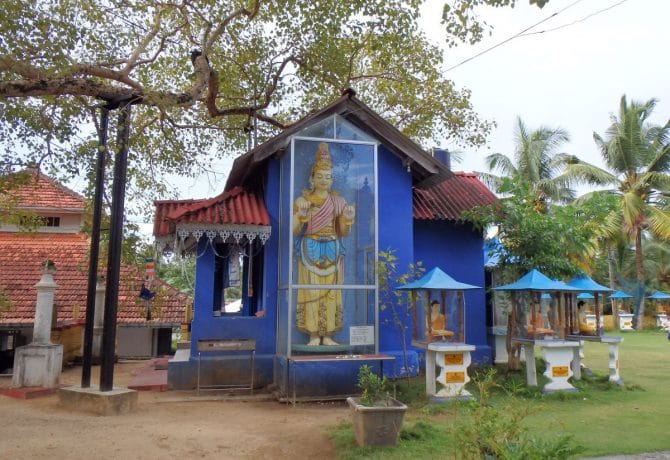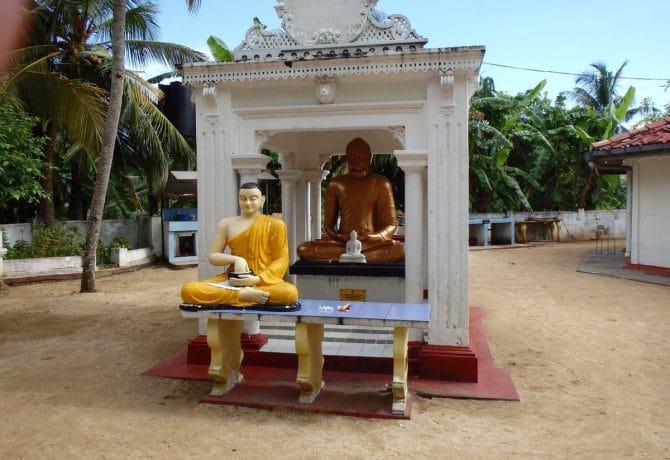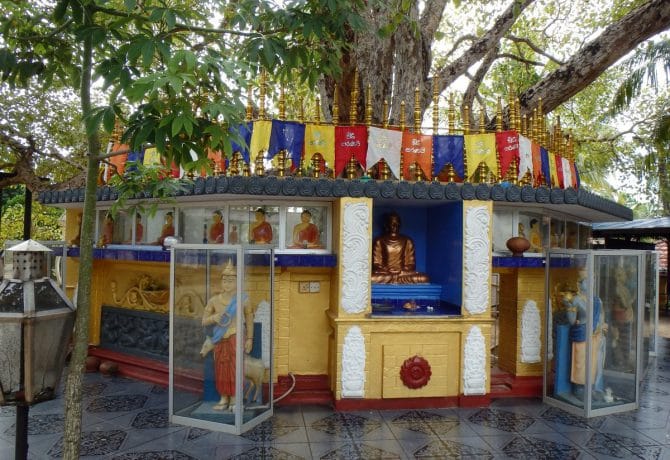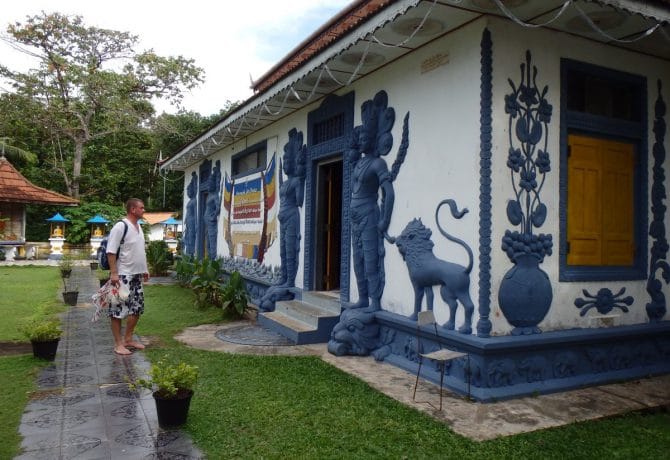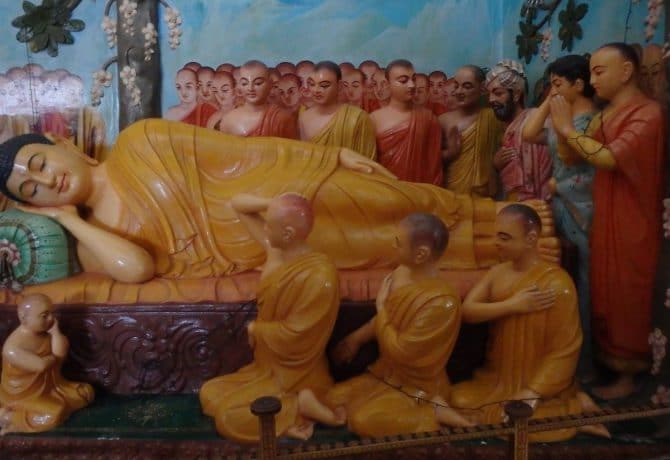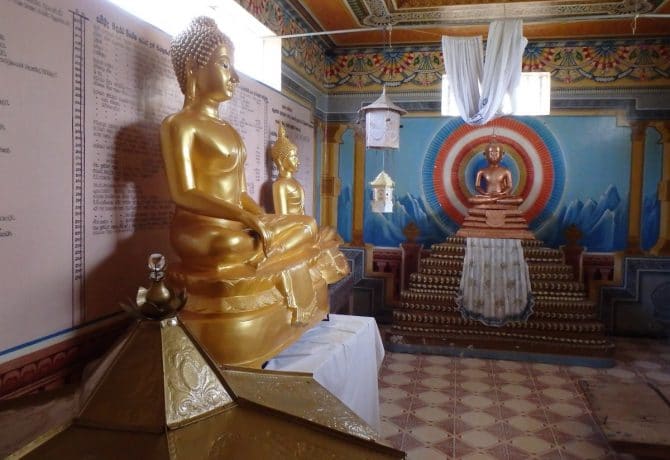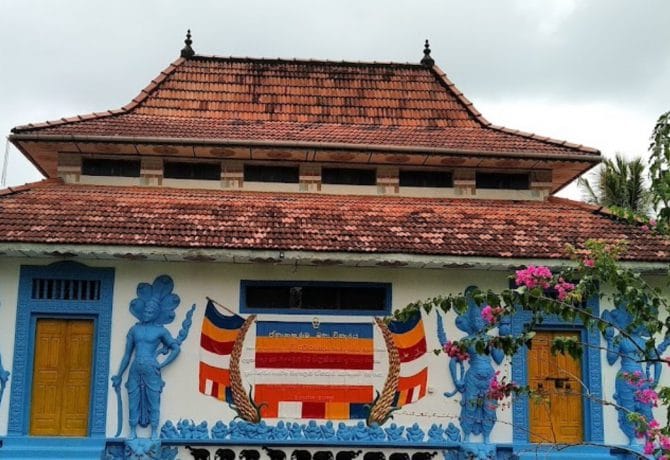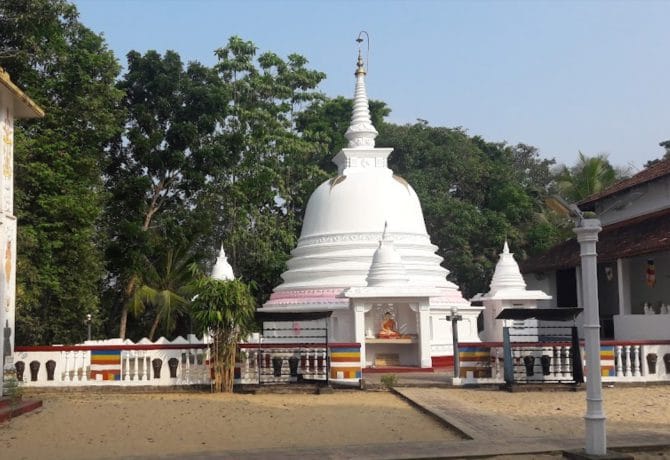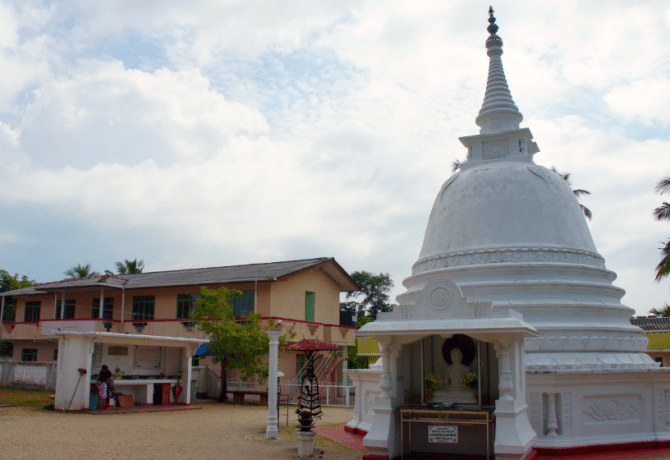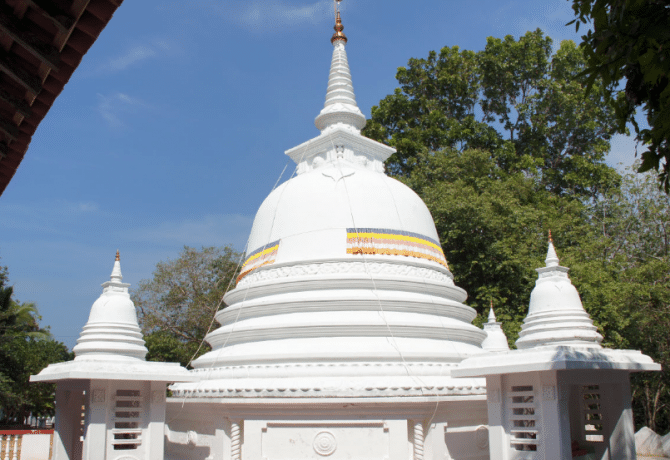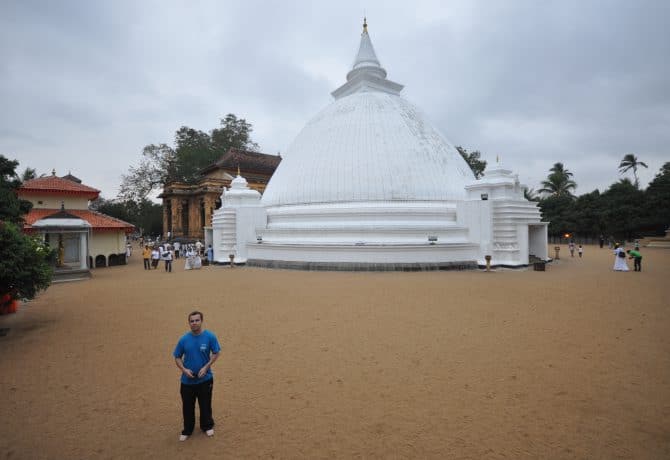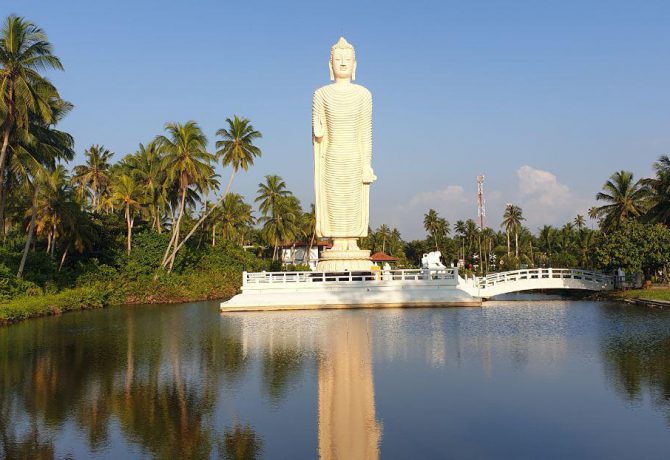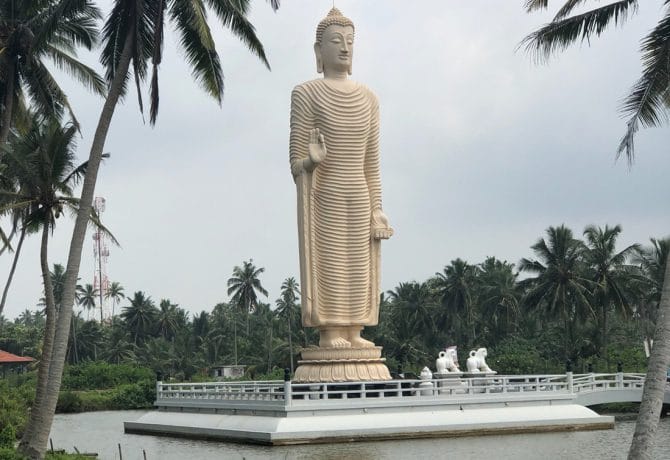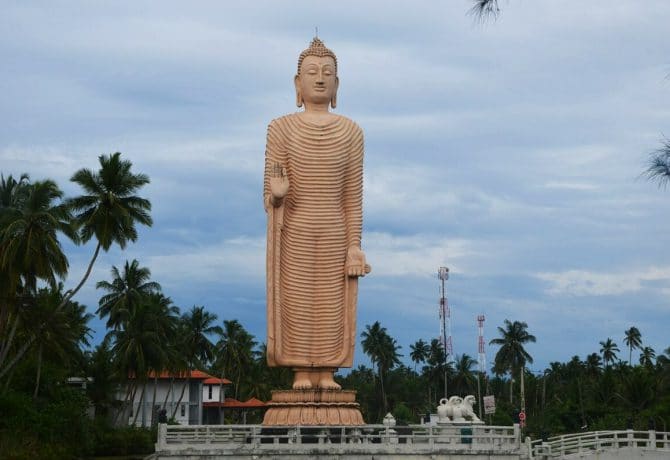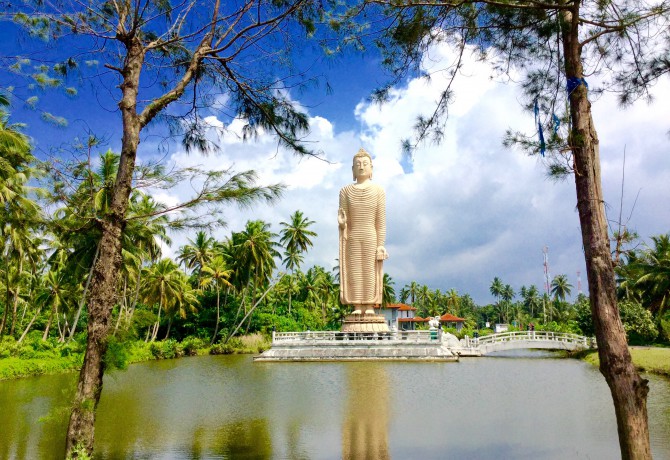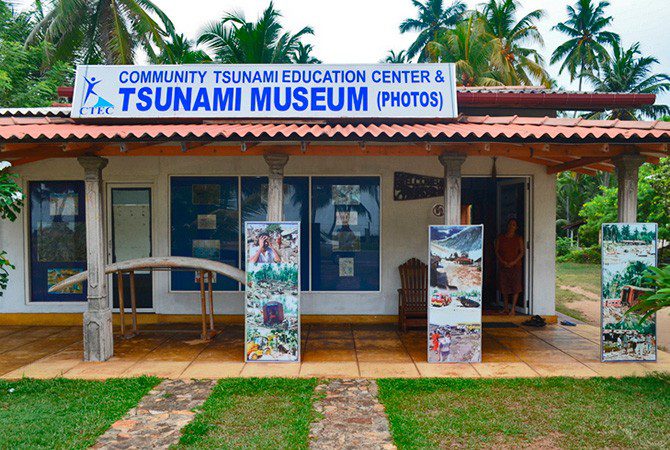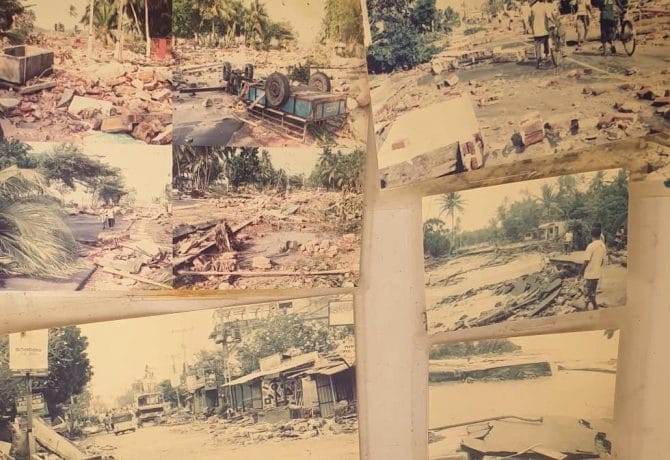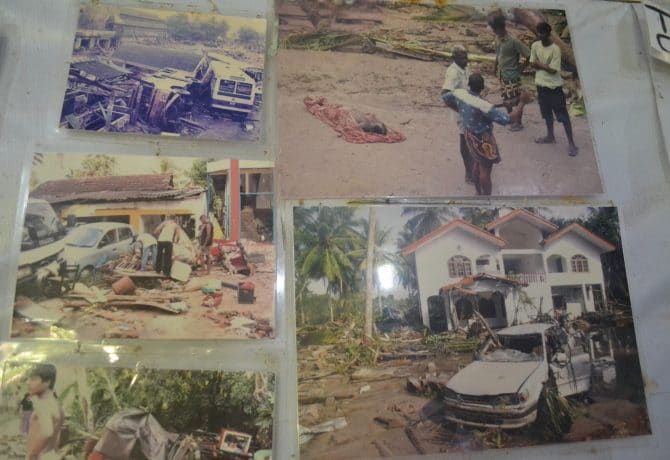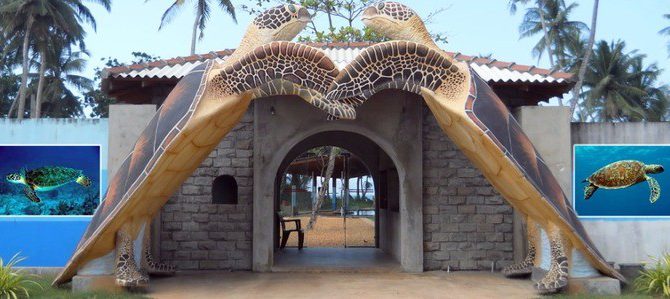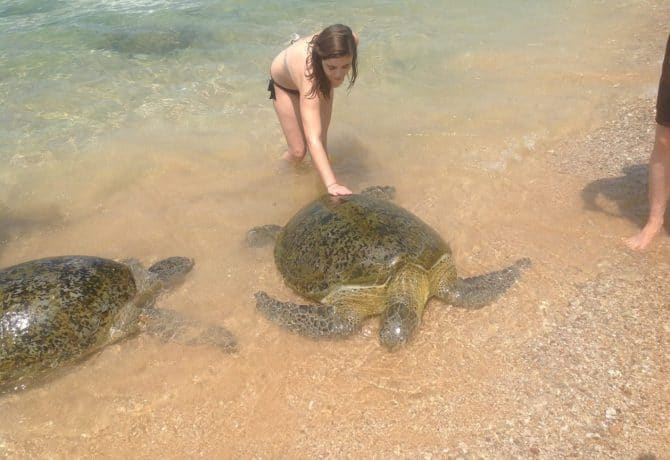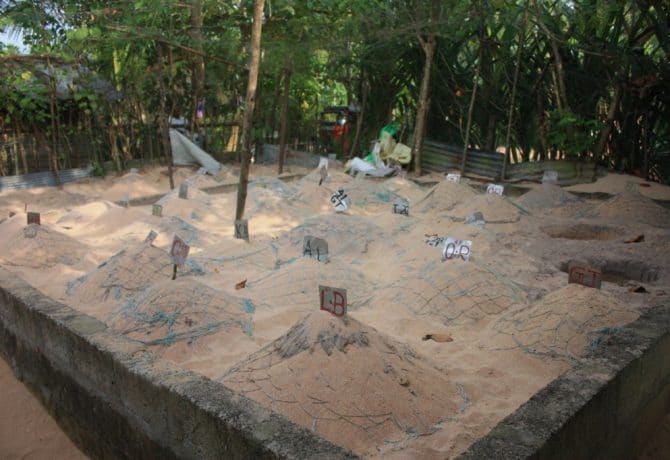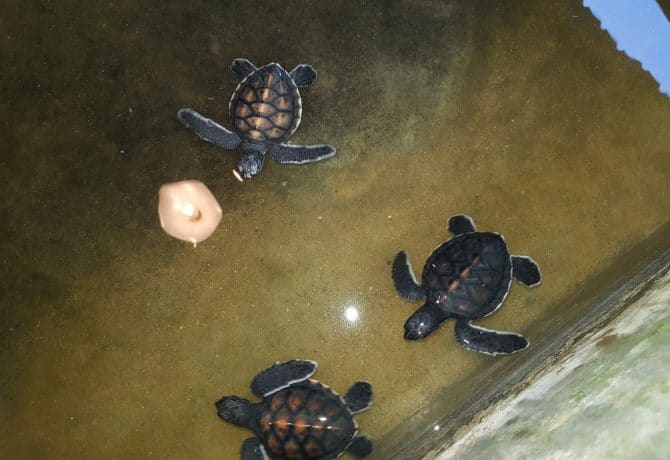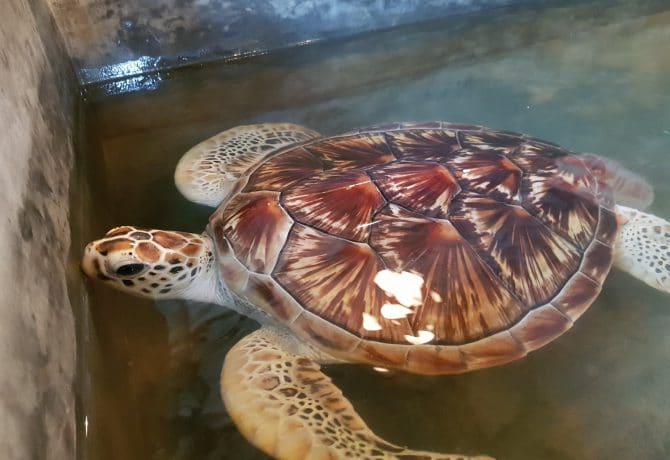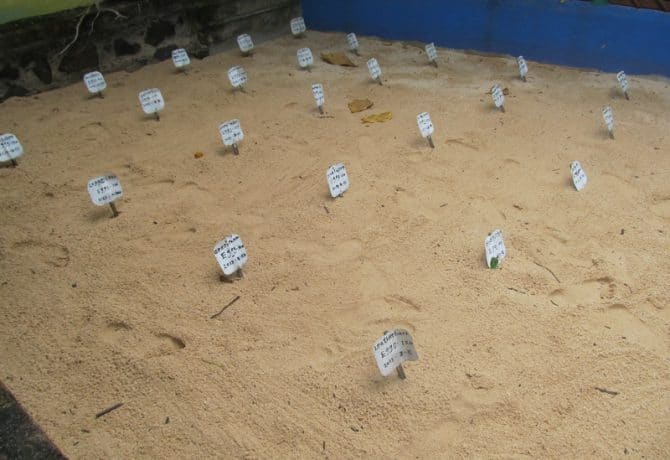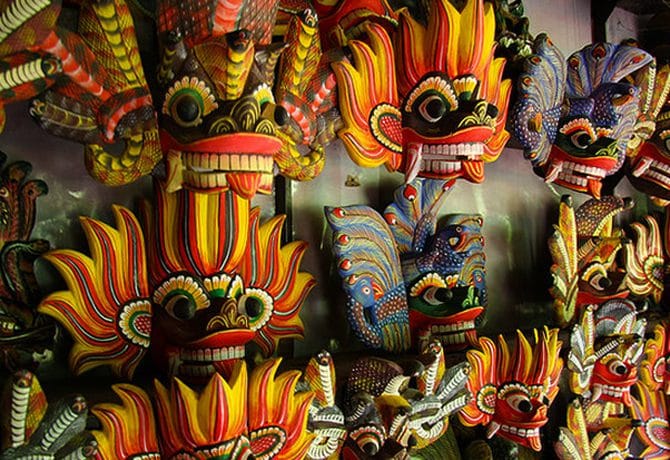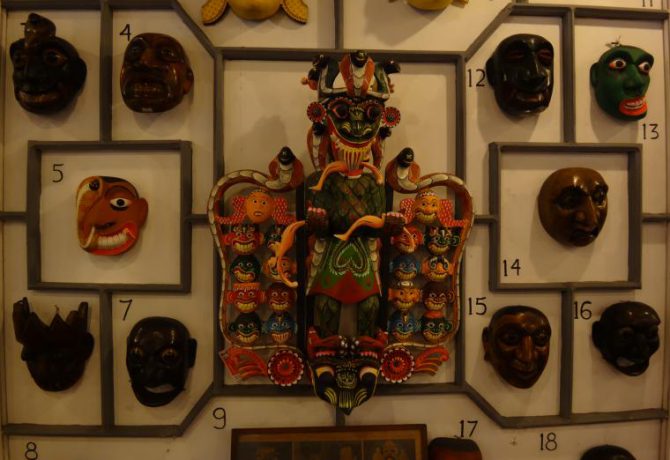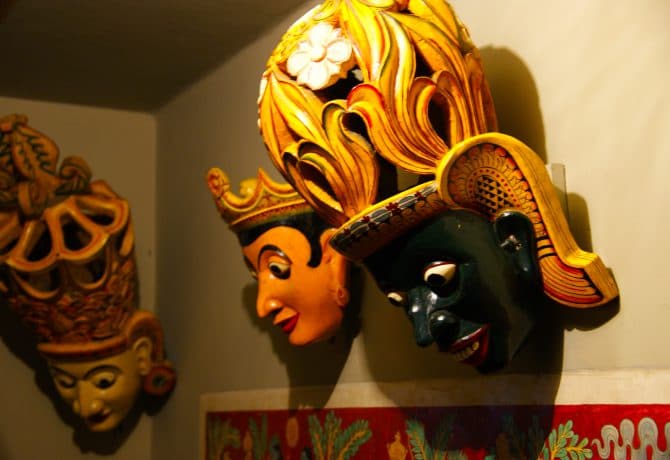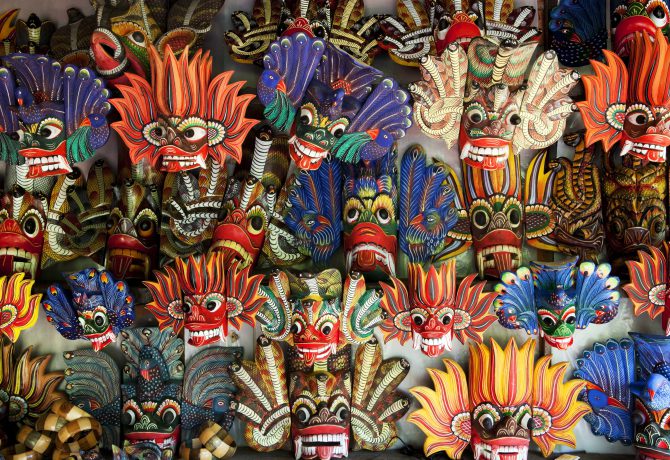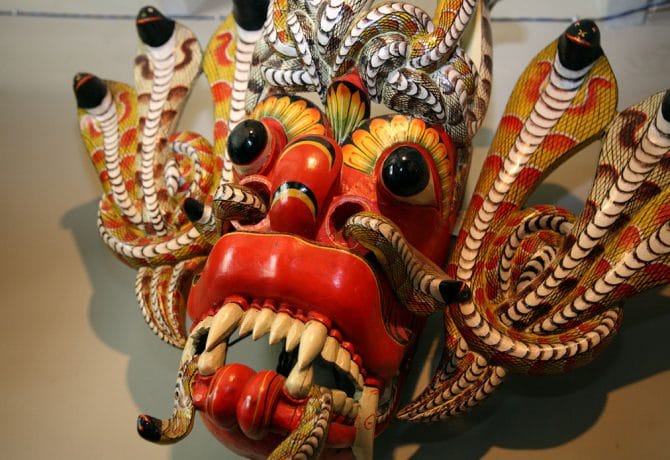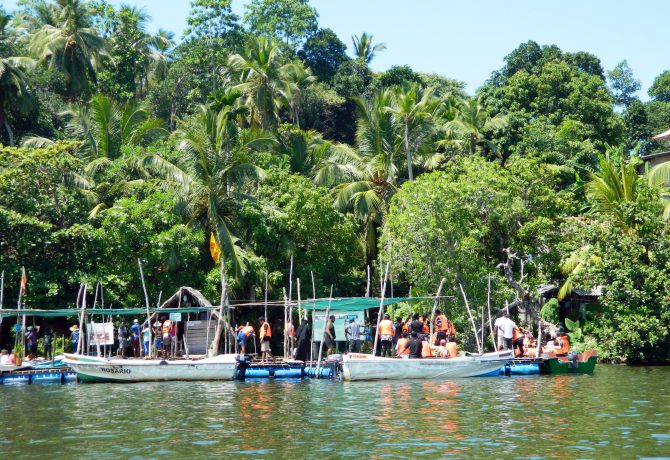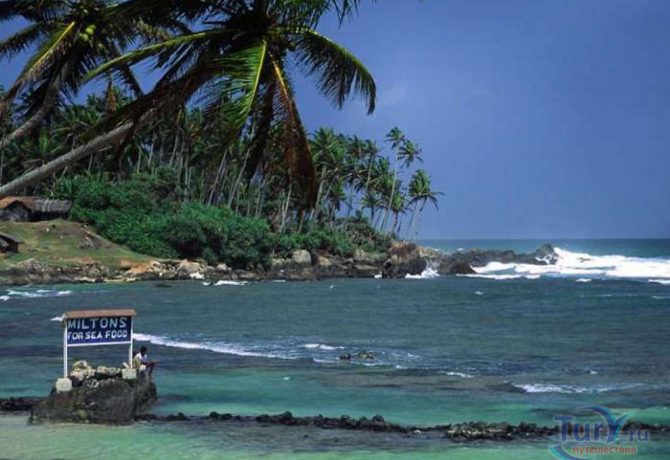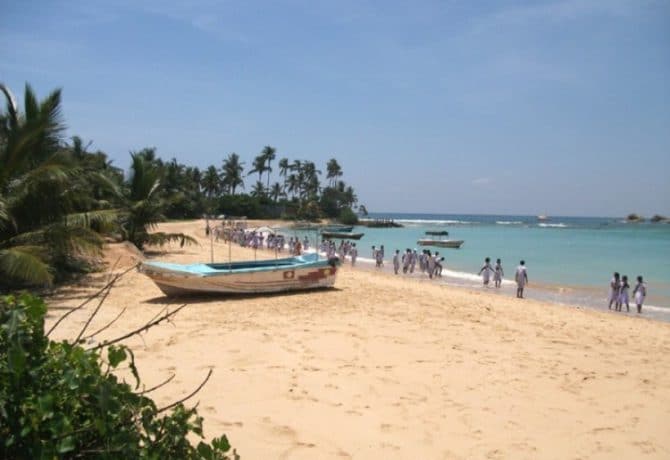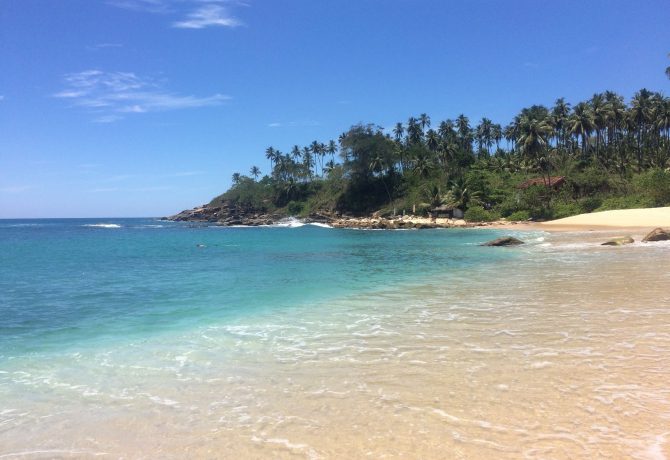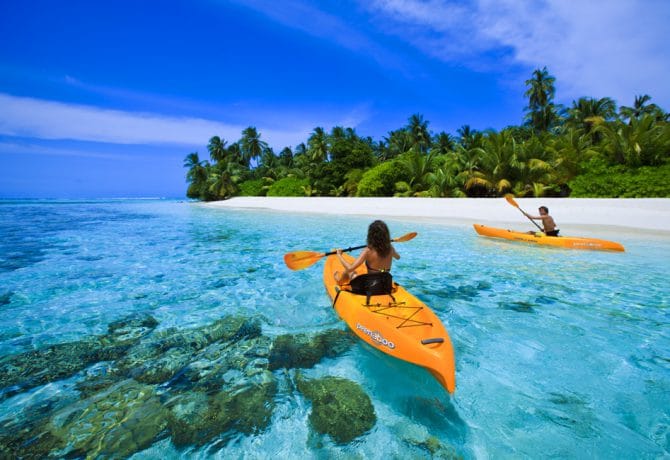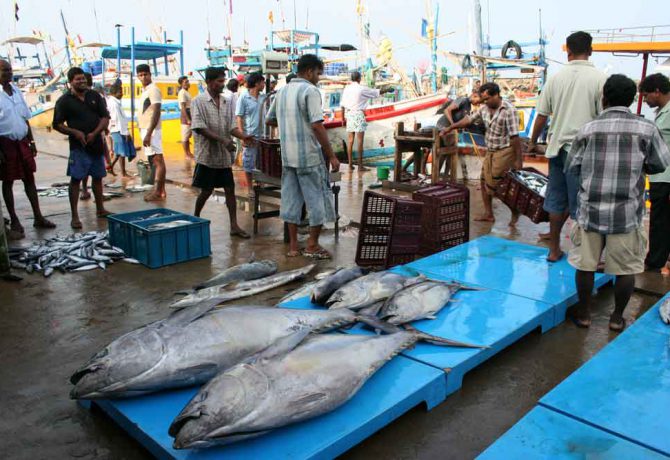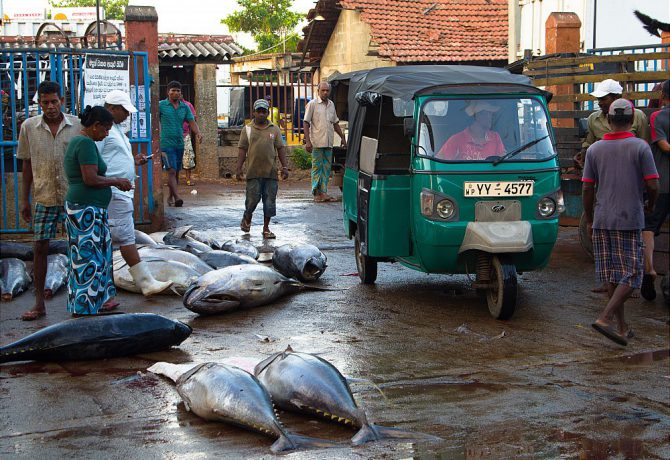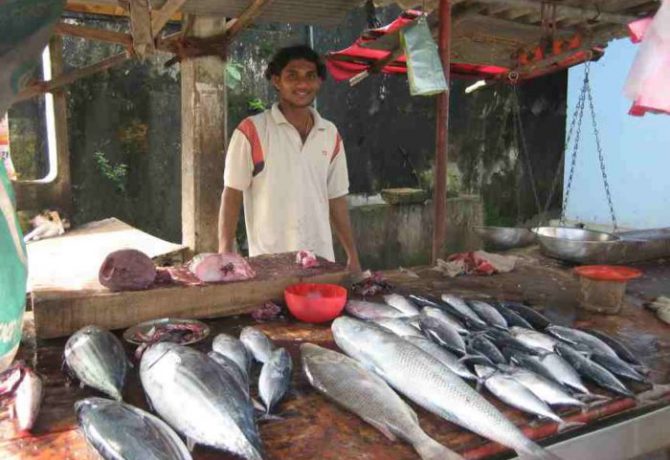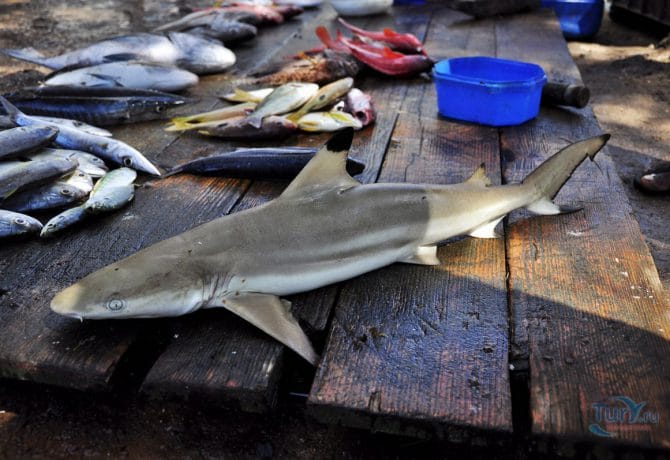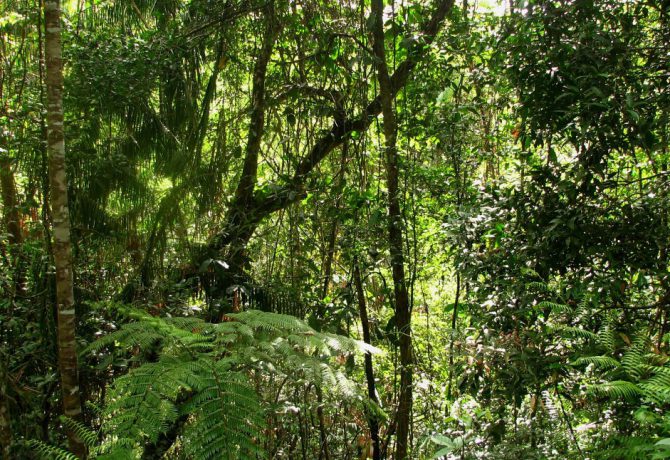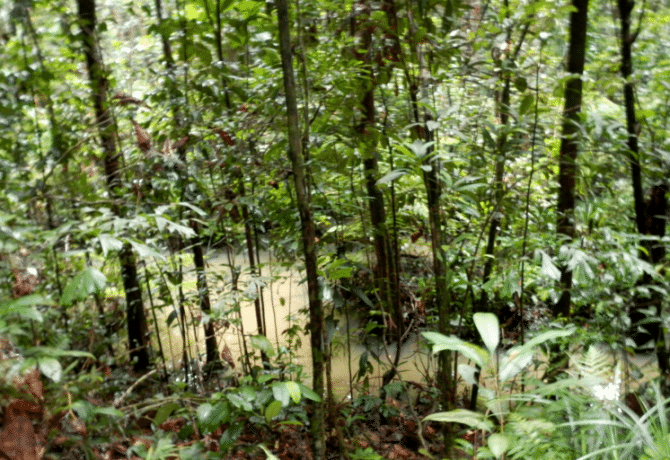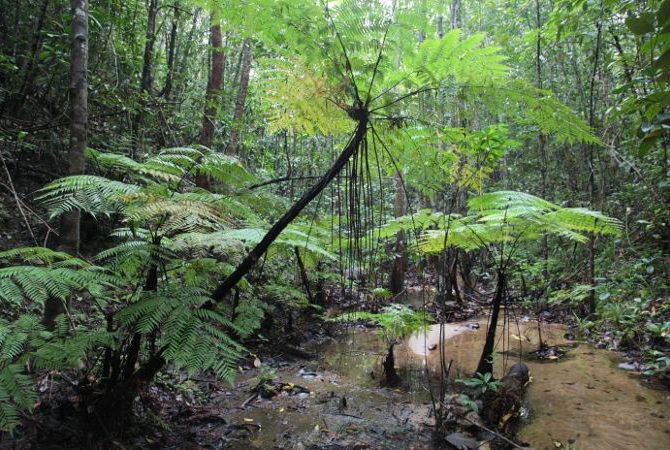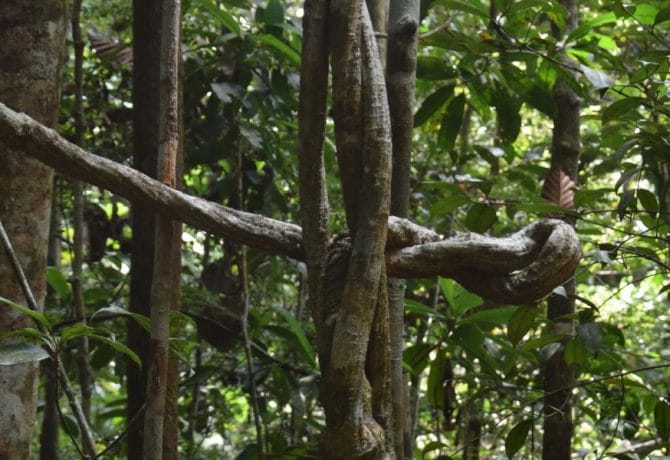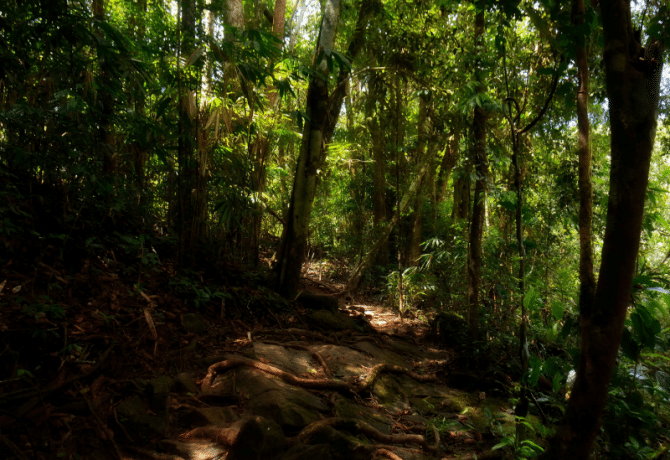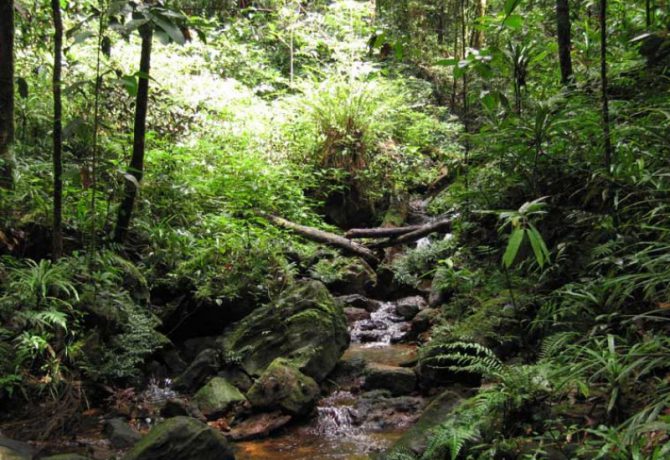Hikkaduwa is a resort on the southern coast of Sri Lanka, it was chosen by lovers of surfing and quiet beach holidays. In the 1970s, the town was inhabited by hippies, and the population grew slowly, and in 2004 a tragedy occurred – Hikkaduwa was very affected by the tsunami. The city was rebuilt anew, tourism was developed and tourists were very much awaited, after all, it was and is the main source of income.
The atmosphere of the south of Sri Lanka is very homely and authentic, sometimes it seems that time has stopped here, and people from the past appear before the guests of the island: fishermen, farmers and worshippers in temples.
Sri Lanka is a less explored tourist destination, and it is important to understand what time of year is considered the best for a holiday. The high season falls on November-April, the air temperature and the sun will give an excellent tan, and the waves in the ocean will not frighten divers and surfers.
Hikkaduwa is a year-round resort, and any month is suitable for sightseeing, even in low season. There will be few tourists, and all the famous monuments of history and nature can be viewed calmly and slowly.
The beach area stretches for 10 km along the coast, there are hotels, cafes and nightclubs. The tourist area is small, but there are enough places to spend a good evening.
Hikkaduwa is actively developing as a resort, and if you are visiting Sri Lanka for the first time, then choose Hikkaduwa, you will not lose. Good hotels and a variety of attractions will leave the best memories of your vacation.
- 1 Hikkaduwa National Park
- 2 Gemstone mines
- 3 Seenigama Vihara Temple
- 4 Gangarama Maha Vihara Temple
- 5 Naga Vihara Temple
- 6 Monument to the victims of the tsunami
- 7 Tsunami Museum
- 8 Turtle Farm
- 9 Mask Museum in Ambalangoda
- 10 Blue Lagoon
- 11 Fish Market and Hikkaduwa Harbour
- 12 Kottawa Rain Forest
- 13 Attractions Hikkaduwa on map
Hikkaduwa National Park
The park received the status of a protected nature reserve back in the 1940s, when the first rocky islands from Ambalangoda to Hikkaduwa began to be protected. Rare seabirds nested on the islands, underwater fauna lived, and coral reefs glorified the coastal zone.
Fishing has always flourished in this region, causing damage to the quality and quantity of marine life. Special regulations limited the catch, thereby protecting rare species of fish and animals.
A few decades ago, the National Park became the first state-protected state in Sri Lanka, and now the main focus of its work is to protect beautiful coral reefs. Unfortunately, they collapse during the mooring of ships too close to the shore, and the changing climate does not have a good effect.
The water area of the park is rich in several species of sea turtles, shrimps, lobsters and more than 150 species of fish. For tourists, boat trips with a glass bottom are arranged in order to see a variety of underwater life. In the waters of the National Park, diving and snorkeling are officially allowed, but it is worth remembering about safety during the currents.
Along the coastline you can find rare large turtles, even with a changing microclimate, they continue to live here and are not at all afraid of tourists. You should not touch them, even if you really want to make a unique photo, because it is for the preservation of such fauna that the park was created.
Walk around the neighborhood, admire the ocean or engage in activities on the water: all the necessary equipment and boats for movement are provided by the rental office on the shore for a very moderate fee.
Gemstone mines
One of the most unusual and amazing excursions in Sri Lanka is a visit to the mines and the workshop for processing precious stones. In the town of Mitiyagoda, near Hikkaduwa, the bowels of the earth are rich in minerals and rare stones, and the most famous of them is moonstone. There are mines here, and tourists are allowed to go down to them. It is interesting to observe how the stones are mined, processed to the shape of the products, and the tour is conducted in many languages.
By tradition, at the end of the walk there is an opportunity to go to the store and buy gifts for yourself and your family. Prices there “do not bite”, and handmade goods are very much appreciated.
The tour is interesting, and the store is allowed to bargain, so you will feel all the shades of local culture.
In the south of Sri Lanka, as on the whole island, people are very calm and friendly, and the service even here, in a small workshop in the mines, leaves good memories. They will help to park vehicles, explain everything in detail and allow them to participate in the process.
The mines are located at a depth of 20-30 meters, and the workshops are located on the surface of the ground. It is worth saying that machines and equipment are very old, but even in such conditions, masters make real works of art from stones.
Moonstone is a symbol of good luck in all matters, and it is in the mines of Hikkaduwa that you can buy it.
Address: Batapola Road, Meetiyagoda, Sri Lanka
Seenigama Vihara Temple
The temple was named after the village of Sinigama, in which it is located, and is dedicated to the deity Devol Deviyo. In sinhala, the village is called “sugar”.
This small temple is noticed not only by tourists, but also by local residents. The deity is said to protect the entire southwest of the province, particularly drivers and fishermen.
If you travel around Hikkaduwa on a city bus, you will definitely see how the driver stops near the Shinigama Temple and makes an offering – only 1 coin in a box. Once a month, a ceremony is held in the temple in honor of the deity and coins are counted, often their total weight exceeds 50 kg.
Locals believe that the temple has an amazing power: if you are undeservedly offended, come here and ask for retribution to the offenders, the result will not be long in coming. Those who know how to impose curses do it in the temple, and go to it on foot, and to consolidate the ritual they grind chili peppers on a special stone.
The uniqueness of the temple lies not only in the legends and beliefs of the locals, but also in its location: it stands on an island, just 100 meters from the shore, but you can get there only by boat.
Address: Seenigama Muhudu Viharaya, A2, Peraliya, Sri Lanka
Gangarama Maha Vihara Temple
The temple is also known as Jananadha ramaya. Among all the Buddhist temples in Sri Lanka, this is the “youngest” and largest. It is really memorable for its size, as well as numerous Buddha statues. All paintings in the form of frescoes were made by one master, he worked alone for about 10 years. Visit the Temple gangarama Maha Vihara is allowed on any day for a very small donation, the monks will even conduct a tour and show the sacred tree.
The territory of the temple is a beautiful and peaceful place, it is easy to get to it, you need to follow the signs from the bus station deep into the village. There are several Buddhist temples in Hikkaduwa, but this is the most beautiful and noticeable.
On the way to the sacred place, you will cross the picturesque river on the bridge, and also admire the highest monument of Hikkaduwa in the form of buddha in memory of the terrible tsunami of 2004.
Address: Kirahandigoda, Hikkaduwa – Baddegama Rd, Hikkaduwa, Sri Lanka
Naga Vihara Temple
A traditional Buddhist temple in the center of Hikkaduwa, small in size. It seems to be completely unremarkable and is rarely visited by tourists. It is very quiet and deserted, and it is quite possible to be inside the building alone, but to inspect it in detail. In Sri Lanka, it is customary that a sacred tree grows in the courtyard of the temple, there is also it on the territory of Naga Vihara.
It is not difficult to find this building: it stands 15 minutes at a leisurely pace from the main street of the city. In the Temple there is always a minister and opens the gates, shows beautiful sculptures and a book of guests, in which everyone writes his name, leaving even the smallest donation.
This prayer place has existed in Hikkaduwa for more than 250 years and is essentially not a tourist destination. Coming here, vacationers see a different side of Sri Lanka, not tourist.
It is noteworthy that as a painting on the wall of the temple there is a map of the country and zodiac symbols. It is unusual that there are very few Buddha statues inside the building, but there is a history of religion in “pictures”. All the sculptures that are available at the temple are in very good condition, which is very valuable for such an advanced “age” of the structure.
Address: Hikkaduwa – Baddegama – Nilhena Road, Hikkaduwa, Sri Lanka
Monument to the victims of the tsunami
December 2004 in Sri Lanka will be remembered by local residents for life, so strong was the destruction and great human losses. First, a powerful earthquake began in the Indian Ocean, it caused a tsunami in western Indonesia. It would seem that this is not Sri Lanka, but the waves were so strong and high that they moved quickly and swept away everything in the way.
Striking facts about the December 2004 earthquake:
- magnitude 9.3 points;
- the energy of tremors is equal to the strength of 23 atomic bombs;
- the result was a displacement of rocks hundreds of kilometers;
- the disaster affected the coasts of 13 countries;
- the resulting tsunami reached Africa and remained strong after 5,000 km of travel.
Everything that happened then was the most terrible event of our time, and Sri Lanka suffered one of the first. Only more than 50 thousand people were recognized as dead. After a while, in memory of this terrible event, a monument was erected. This is a statue of Buddha with a height of 15 m. He stands facing the ocean and, raising his hand, asks the ocean to calm down.
If we talk specifically about Hikkaduwa, then in all of Sri Lanka it is the most affected area. More than 1700 people died here, and the destruction was so irreversible that the resort had to be rebuilt. Such an event was made possible thanks to international funds. Terrible traces of the elements were removed, but still the whole island remembers about it.
Address: 537R+6MG Peraliya, Sri Lanka
Tsunami Museum
The most terrible natural phenomenon in the history of Sri Lanka was the reason for the creation of not only a monument to the victims of the tsunami, but also a small photo museum. This is a private initiative of people who survived all the events at the end of 2004. The museum is located in a house whose owners died on that terrible day.
Agree that the situation of such a place is more mournful than entertaining: the collection contains drawings, photographs and personal belongings of both the victims of the tragedy and the survivors.
Especially clearly all the events are reflected in the photos: destruction, mass death of people, and then the work of volunteers on the spot. Such a blow from nature has never been seen here, only 40-60 thousand people were recorded dead. It was difficult to count them, many were simply carried away into the ocean. Terrible water masses demolished all the settlements of the Sri Lankans along the coast, and 500 thousand citizens were left homeless.
Photographs and documents also tell that ocean waves even destroyed a train passing nearby at that moment, killing about 2,000 people, among them foreign tourists. Together with the strongest earthquake and tsunami in history, the largest railway accident in the world became famous.
Unfortunately, at that time there were no technologies for detecting natural hazards in the ocean and warning coastal residents. After 2 years, the UN will introduce new rules of conduct in such situations and measures to prevent them.
You can visit the museum for free, but usually guests do not mind leaving donations for the maintenance of the building at the entrance.
Address: N226 Galle Road Peraliya, Telwatta 80240, Sri Lanka
Turtle Farm
The farm belongs to the territory of the Hikkaduwa National Park, it is a specially protected area. Sea turtles are grown here not to be used for sale, but on the contrary to protect the smallest turtles: it is dangerous for them to be in open nature and next to predators, that is, a person helps them survive.
Before entering the farm there is a sign stating that the funds collected by visitors also go to the child support fund. The entrance fee is not expensive and the staff are very hospitably showing what is on the farm. This is an open-air complex, and there is necessarily an analogue of a sandy beach, in the warm bowels of which turtle eggs ripen.
Near each “bookmark” there are tablets with the name of the turtle and the days that the eggs spent in the sand. Sri Lanka is home to 5 species of turtles, and all of them are protected.
Why do adult turtles help preserve their offspring, don’t they do it in nature themselves? They lay eggs in the sand, they are slightly smaller than chicken, with a thin shell. Among other things, this is a delicacy that is very much appreciated in restaurants, and is simply stolen by poachers. If this, fortunately, does not happen, that already hatched turtles can suffer from gulls and predatory fish.
For numerous reasons, rare turtles in Sri Lanka simply disappear, and farms save them from extinction. In addition, disabled turtles and injured animals are cared for here. In the wild, they wouldn’t have survived for sure.
Website: http://www.srilankaseaturtles.com/
Address: A2, Hikkaduwa, Sri Lanka
Mask Museum in Ambalangoda
Ambalangoda is a small resort in Sri Lanka with cozy beaches. It is located between Hikkaduwa and Bentota. He gained his popularity thanks to the Museum of National Masks and the workshop where they are produced. There are 3 types of Sri Lankan masks: Kolam, Raksha and Sani, these are the faces of mythical demons with bulging eyes, pointed fangs and snake hair. Each mask has its own legend, and they look very original.
Wear such a decoration only in special cases:
- The mask of Raksha is used in religious rites;
- Sani’s mask is involved in healing, the body and soul of a person is brought to harmony;
- The Colam mask was created for theatrical art.
The Kadura tree is a source of material for making masks, it grows in swamps near rice fields.Such wood is convenient because it is soft and light.
In the museum you can see the whole process of manufacturing and hear a lot of interesting things from the guide. Usually, the wood is first dried in the sun, smoked in the smoke for a week until the insects disappear in it and the protection. The second step is cutting and applying paint. Special brightness can be given by adding Doran oil.
Surprisingly, no matter how many masks are made in the workshop, there are no identical ones: emotions and physiognomy are individual.
This has become a rule through the centuries, when the skill of making masks has been passed down for generations. Ancient manuscripts fixed the size and shape of the product, and the facial expression is unique and depends on the author. The main skill is careful cutting and filling the mask with character.
The museum presents historical national masks, talk about their evolution, and in the store at the workshop you can buy everything you like.
Address: Main St, Ambalangoda, Sri Lanka
Blue Lagoon
One of the paradise places of Hikkaduwa is the Blue Lagoon. Usually tourists rent a boat or boat, sail deep along the lagoon surrounded by shrubs, tropical trees and flowers. Many of us have seen such wildlife only in the movies, but it is so interesting, and at the same time calm and beautiful.
In the waters of the Blue Lagoon stands a Buddhist temple, and its steps descend into the water.
A local monk will hospitably conduct an excursion, introduce the basics of Buddhism and philosophy. The temple is incredibly beautiful, there is untouched nature around, monkeys, squirrels and chipmunks run around and approach tourists.
The most alluring part of a walk through the Blue Lagoon is the mangrove forest thickets, so dense that you can touch them with your hands from the boat. The patterns of the branches cover the sky, and only you can hear the water splashing and the birds singing. Tourists feel like real pioneers.
Throughout the coastal territory of the lagoon, it is very convenient to move around on a tuk-tuk, inexpensive local transport.
The water surface of the lagoon is cut by islands, almost everyone has the opportunity to moor and learn about something interesting: how cinnamon sticks are obtained, how to properly weave shields from palm leaves and coconut ropes.
Not without fishermen, who will not just show the catch, but will offer tourists a foot massage from fish, and the piranhas themselves.
Fish Market and Hikkaduwa Harbour
Fishing has always been the main one for the Sri Lankans, and now it is the most common workplace for local residents, and for tourists – a place colorful and interesting in terms of traditions.
Beautifully and even romantically moor boats in the harbor, people work, unloading the day’s catch, and the view of the ocean opens up great.
The owners paint the boats in different colors, so the shore looks colorful and lively. Everything comes alive by lunchtime when the fishermen return from the catch. Workers make good money by exporting fish, but a lot is sold immediately in the nearest market. Now we are talking not just about the daily routine of Hikkaduwa, but about the atmospheric and traditional place of the resort – the fish market.
Buying fresh seafood is a great success, but it is no less interesting to participate in the catch with them. For a small fee, they are happy to take tourists with them if they are interested in such an activity.
It is better to come to the market early, almost from 6 am they begin to trade. They argue, knock down the price and professionally advertise their goods. Local restaurants take seafood only at the market, everything is very fresh. Every day the market is open and this is the best place to see the real Sri Lanka.
Address: 290 Galle Rd, Hikkaduwa, Sri Lanka
Kottawa Rain Forest
The rain forest in the area of Galle and Unavatuna can hardly be called a nature reserve: it is almost unknown to tourists, there are also no routes for walking. If you have never seen a real tropical jungle, then the Kottawa Forest is a place to start your acquaintance.
There is a riot of tropical vegetation, there are few animals, mainly you can get acquainted with birds and insects. On the territory there was a swimming pool with cool water from the stream.
The entrance to the forest is not equipped with either a gate or a ticket office with payment, so even on a rented motorcycle it is allowed to enter the depths of the green zone. Buses are parked along the central road, and it is better to leave transport there for its safety.
Not far from the Kottava forest there is a tea plantation and a shop with different varieties of tea.
Sri Lanka is a country with a tropical climate, and local rain forests grow flora that may not be in other parts of the world. Such protected areas are under the control of the state.
What is a rain forest? There are very striking signs that distinguish it from other natural areas:
- The tallest trees are the backbone of the entire system. In height, they are comparable to a 10-story house, and only at this level the crown begins. Imagine the darkness that reigns under such a “roof”.
- The forest is a windless zone.
- Humidity is 100% at a temperature of +30. Evaporation is so strong that people have steam when breathing, and even from the hands, and moisture drips from the leaves.
- There are no large animals here, birds nest high in the crowns of trees.
Tropical Sri Lanka is a unique place, authentic and inimitable. Whether you’re on the beach, fishing, or walking in a nature reserve, you’ll always find something truly rare. Spend your unforgettable holidays in Hikkaduwa!

